The Story of Julius Joseph (Fr. Innocent) Mittelstadt, O.F.M.
At the start of summer 1931, the Atchison, Topeka, and Santa Fe Railroad (shortened to just The Santa Fe in brochures by then) ran five daily trains between Chicago, through Kansas City, and into California, on three separate routes–The Chief (fastest route at 66 hours), The Grand Canyon Limited, and the California Limited. A new summer promotion named “The Santa Fe Three-Fare Plan” lowered the cost of ridership to new lows. A one-way coach ticket was just $50 starting from Chicago ($40 from Kansas City), a higher level tourist ticket that allowed one to hop on or off at any point along the route and continue at another time was just $65 ($53), while a full standard ticket was $80 ($60). The decrease in fares was part of an ongoing experiment to generate more ridership and tourism in the American southwest and was so successful that they continued into the fall of that year.

None of that likely held any appeal to the glum 34-year-old passenger boarding a westbound California Limited train out of Kansas City sometime around the first of December of that year as he made the 24-hour journey to Albuquerque, New Mexico. The man was my grandfather, Otto Mittelstadt, who only a decade and a half prior to the trip was, himself, a fireman for the Kansas City Southern Railway. I wondered if he marveled at the rapid pace the modern oil burning engines produced versus the smaller, coal-fired trains of his day, but I imagine he had other pressing matters on his mind.
The reason Otto was heading to Albuquerque was to see his older brother, my great-uncle Julius Joseph Mittelstadt, a Franciscan priest who was laid up in a hospital room following an unsuccessful surgery to deal with bleeding ulcers he had been suffering throughout that fall. Doctors had told him that he had little time remaining as sepsis began to take hold of his body on the days that followed the surgery. Otto took the train trip and made it in time to say goodbye, but just barely. Julius passed away on Saturday, 5 December 1931. The next day, Sunday, Otto accompanied the body home by catching the No. 2 train out of the Albuquerque station at 3:35 PM. The ride back to Kansas City took 24 hours, pulling in at 4:45 PM the next day. [Footnote: The obituary printed in the KC Star newspaper mentioned that the body was to be interred at the Calvary Cemetery, the same one where his sister (Louisa Mittelstadt Brown) would eventually be buried. However, there is currently no record of his burial with the office that oversees the cemetery today, after a brief search of their plot card files. It may be that I’ll have to hike the cemetery in warmer weather and see if there is actually a grave marker or not.]

Julius Joseph Mittelstadt was born 16 July 1894 in Omaha, Nebraska, just two years before the family would move to Kansas City and his father, Julius Frederick, would begin working at the Heims Brewery. My grandfather, Otto, was born in Kansas City on 19 October 1897, the last of Julius F. Mittelstadt’s children.
Julius Joseph was only 7 years old when his father took his own life and left the family in dire financial shape. I mentioned previously how my great-grandmother took in boarders during this time, and his older sister Louisa ended up working in the same Heims bottling plant as her father, but I do not know the extent of the hardship the family faced overall. Young Julius likely found some form of escape in the exotic Indian Sentinel brochures that appeared in the lobby of the family church on a regular basis.
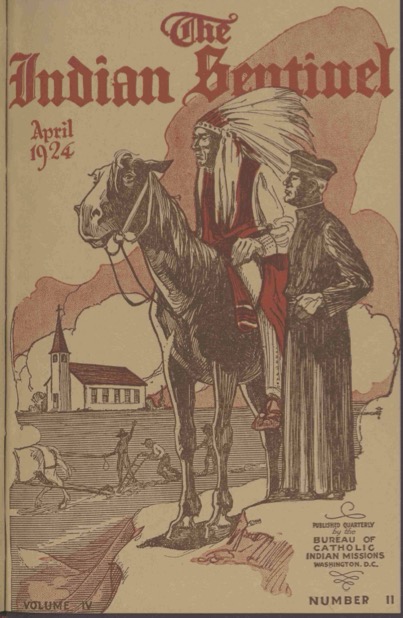
The Mittelstadts lived on the same street as their local Catholic church, St. Francis Seraph. The church served a distinctly German and Belgian community in Kansas City’s West Bottoms and was founded by German-speaking Franciscan priests. There is a fascinating history behind all of this, stemming from the encouragement and support of St. Katharine Drexel in convincing a German sect of the Franciscan Order, only recently established in the US following an absence of any of that order from as far back as 1848 when the last of the original Spanish Franciscans died, to begin anew their missionary work to serve the indigenous communities of the western states. That story will have to await another day and will require more than a Facebook post. The relevant part here is that along with establishing churches to serve German Catholic communities in Cincinnati, Kansas City, Wichita, and elsewhere, the newly arrived Franciscans set out to reestablish missions in the American southwest and into California and the Pacific Northwest. To further their cause and to appeal to a base of financial supporters across the country they issued a quarterly journal, The Indian Sentinel, which highlighted the educational and religious work they were undertaking in native communities out west. Each issue featured black and white photos of the puebloan architectural styles of the churches and native communities. Others featured photos of the natives, themselves, in their traditional attire at feast days, or for ceremonial dances. Still other photos features the awe-inspiring geography of the American southwest. The Indian Sentinel was not only sent to patrons of the Franciscans but copies were also sent to the various Franciscan churches as well, left in the lobbies for anyone interested in the missionary work the priests were carrying out elsewhere.
Three years after his father’s death, Julius entered the St. Francis Preparatory Seminary in Cincinnati, Ohio, in the fall of 1906. At the time this was the only Franciscan provincial headquarters for all of North America (one now resides in Gallup, NM). He was invested with the habit on 15 August 1915 and was ordained into the order on 15 November 1918, as Father Innocent Mittelstadt, O.F.M, at a church in Oldenburg, Indiana. His first duty service was to act as an assistant pastor at the Franciscan church, St. Anthony, in Wichita, Kansas, for just under a year. After that, he was off to Navajo and Hopi country.
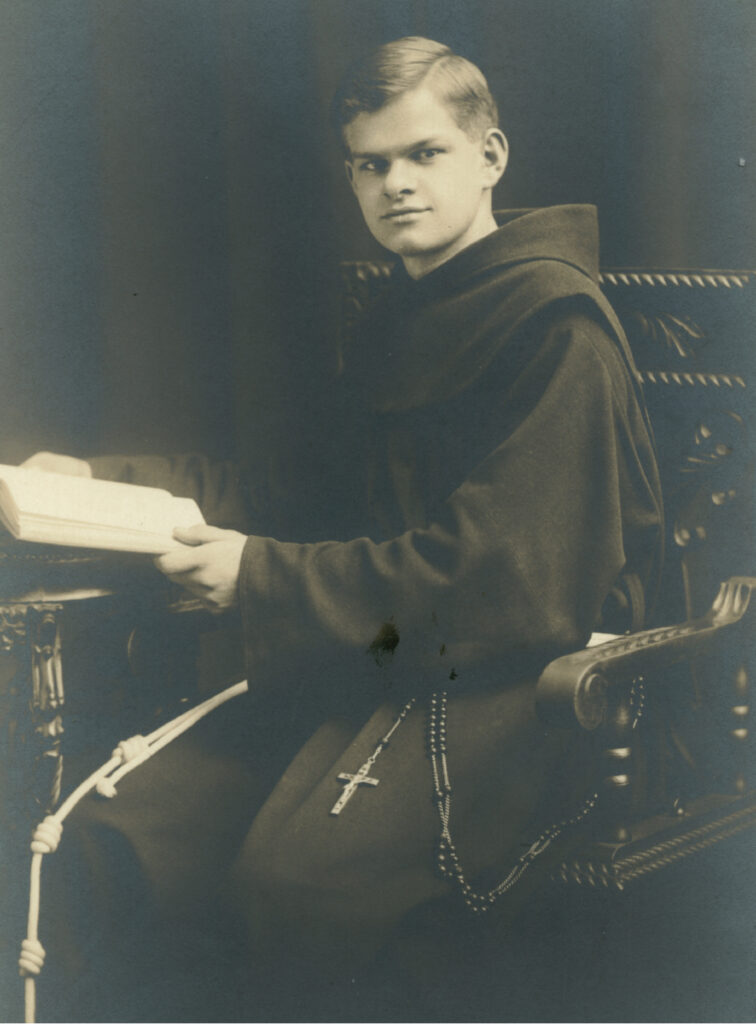
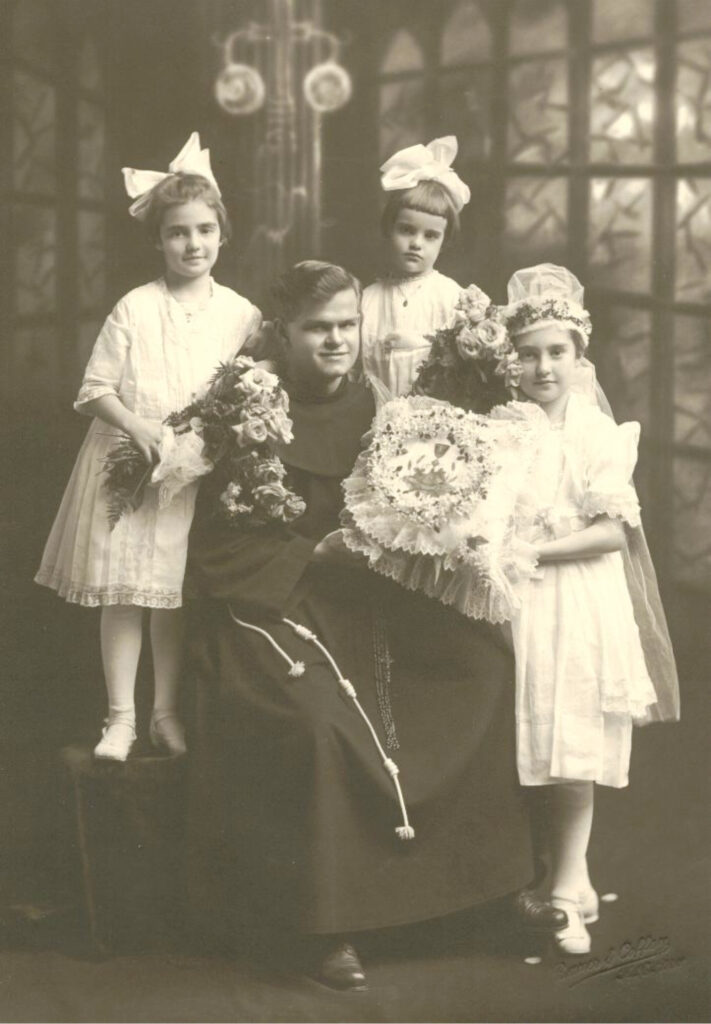
He arrived at St. Michaels in Arizona, a school founded with direct support from Katharine Drexel in 1896 and which served as a launch point for all newly ordained Franciscans beginning their missionary work. Once acclimated to the area and to its varying cultures, he settled in among the Zuni Pueblo people in Fort Wingate, just outside of Gallup, New Mexico. He was Chaplin at the Industrial School at Fort Wingate and spent additional time overseeing the construction of a new church, St. Eleanor, in nearby Manuelito, N.M.
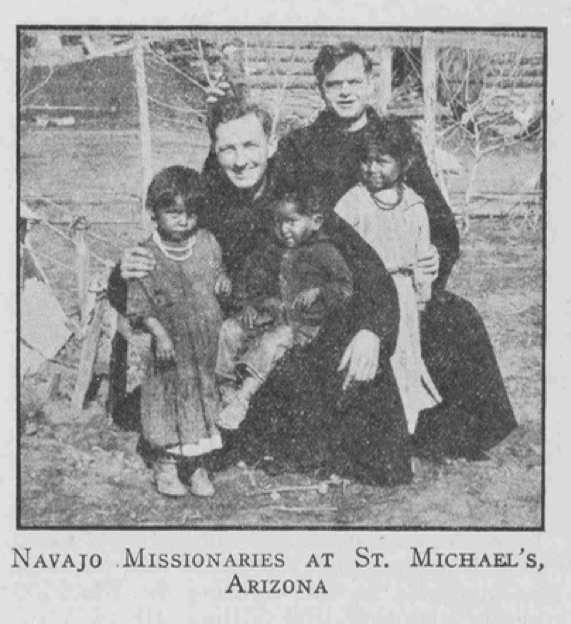
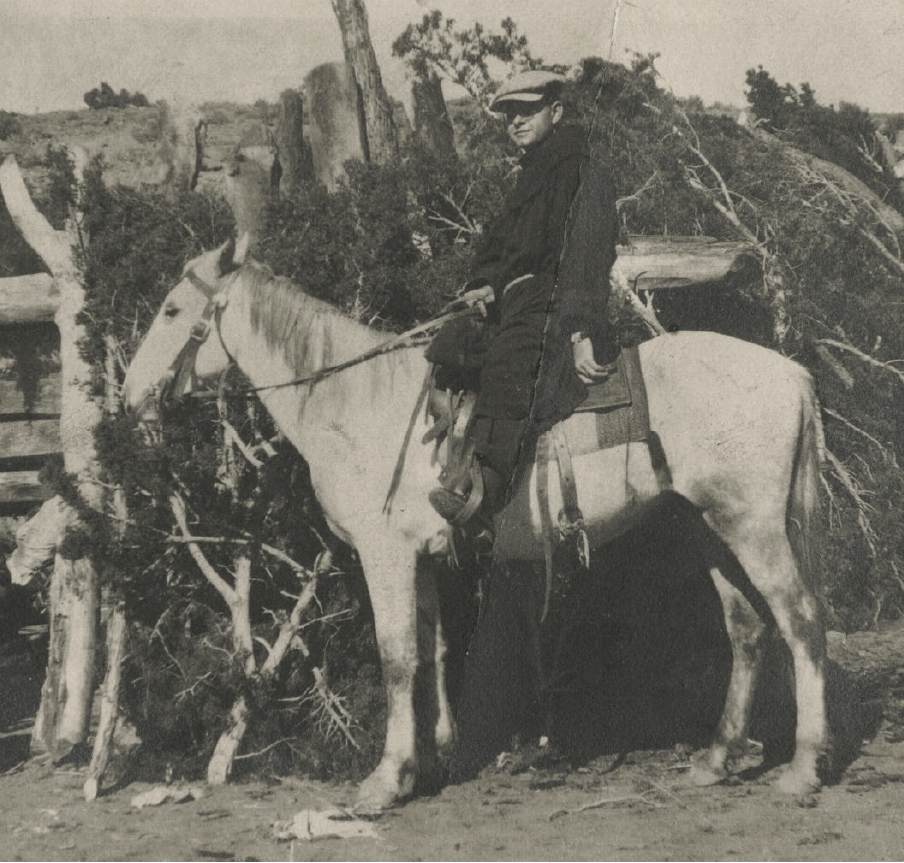
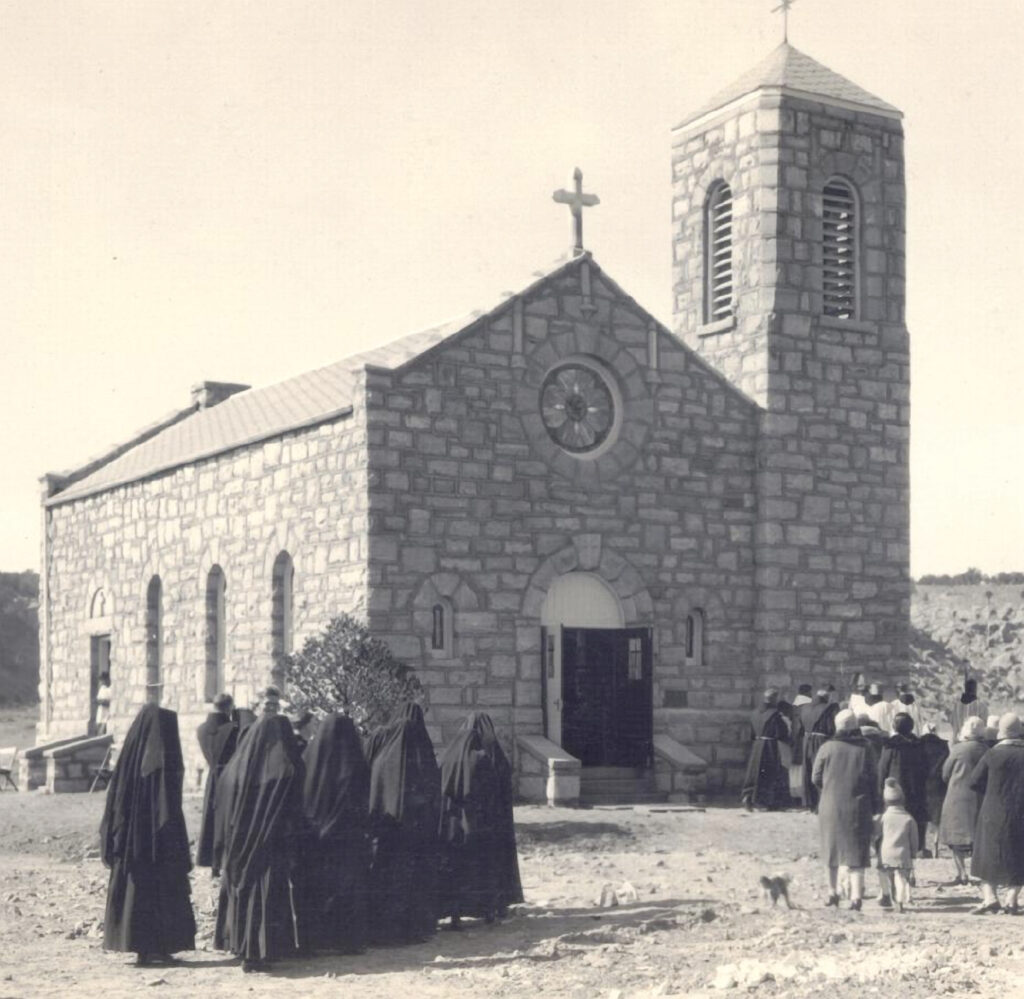
Some time after the church had been completed, he was sent to San Fidel, New Mexico, (today just an hour or so west of Albuquerque along I-40). There he was to “take spiritual charge” of the Laguna and Acoma Pueblo people, about whom a previous priest had written, “were lost sheep who, yielding to proselytizing influence, had gone astray.” In other words, in the decades since the early Franciscans had left the area, other non-Catholic missionaries had moved into the territory. If you visit the historic 300-year-old church in Laguna today, you will see his name as the pastor of the church for the years 1930-31.
In September of 1931, Fr. Innocent drove a bus of young children to St. Catherine’s Mission School for Pueblo Children in Santa Fe for the start of the new school year. While there, he developed severe abdominal pain and had to spend several weeks in St. Joseph’s Hospital in Albuquerque for treatment. It was there he was diagnosed with the stomach ulcers. He was able to return to his duties in Laguna by the start of October but his health progressively worsened until the end of November.
On Saturday, November 28, he performed Mass for the Acoma people in McCartys. On Sunday the next day he celebrated Masses for the Laguna people at Seama and the Acoma people at Acomita. Finally, on Monday November 30, he celebrated what would be his lass Mass at the church back in Laguna. In excruciating pain, he had to be driven to Albuquerque following the service where he underwent the unsuccessful surgery mentioned previously. When told the dire prognosis, a phone call was made back to his family in Kansas City.
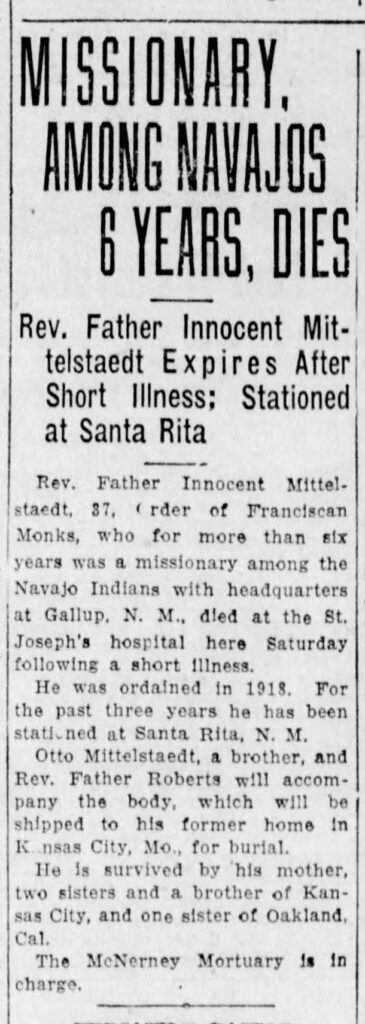
Almost five years after Fr. Innocent’s death, his nephew, John Vincent Mittelstadt, was born to his brother Otto. (He would be the 7th of Otto’s twelve children. My family is huge.) Uncle Johnny, as we only knew him, followed his uncle’s passion for missionary work and for life in the southwest, by entering the same preparatory seminary in Cincinnati and becoming a Franciscan priest, himself. He also developed a lifelong fascination with photography and with telling the stories of the people with whom he lived and worked, pieces which appeared in a more modern day version of the old Sentinel. Perhaps as an attempt to lead us down the same path, Uncle Johnny hosted my older brother and I during the summer of 1978, splitting time between the Catholic Indian Center in Gallup, NM, and the mission in Fort Defiance, AZ. I became enthralled with the region, so much so that I enjoyed another summer there in 1979. Hiking the hills and fishing the back lakes and ponds was my introduction to the region and I never got it out of my system. Though I had no appeal to any sort of religious work, I did think I would end up back in the area one day. That feeling was reaffirmed following a few post high school camping trips with a close friend years later. Finally, I found my way back for good in 2002 and there lies yet a whole other story for another time.
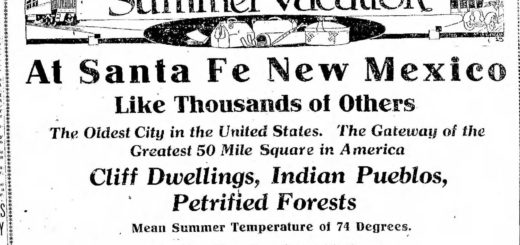
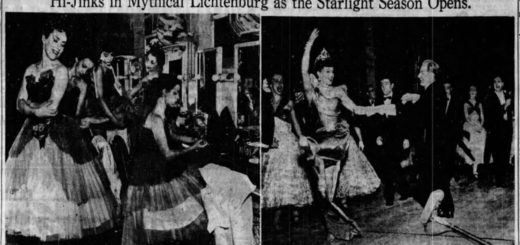
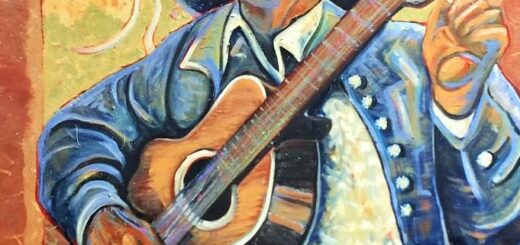
Recent Comments